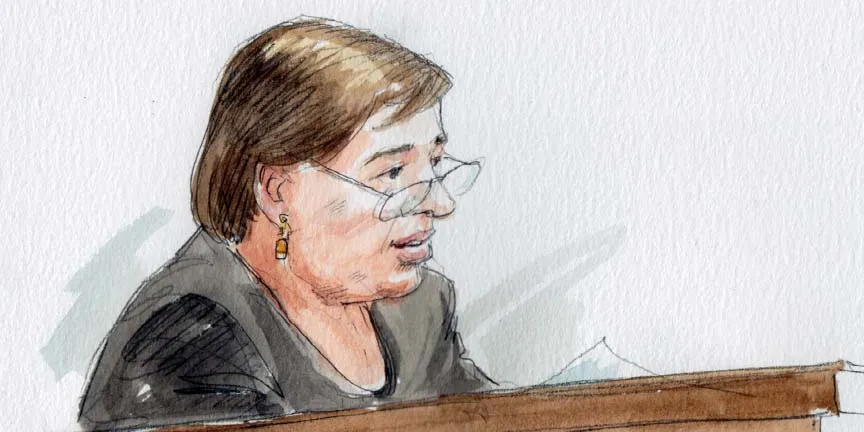Kagan on Marshall: “Greatest lawyer of the 20th century”

on Oct 17, 2017 at 10:19 am

Justice Elena Kagan momentarily hedged her bets yesterday afternoon in front of an audience of law students at Chicago-Kent College of Law. But after struggling to find proper qualifiers, she didn’t hold back: “I don’t see how anyone could disagree with this: Thurgood Marshall was the greatest lawyer of the 20th century. No one did more to advance justice.” Kagan described Marshall as “an incredibly gifted trial lawyer,” a part of his work she called less well known than his appellate advocacy, most famously as counsel for the petitioners in Brown v. Board of Education, and his 24-year tenure as a justice on the Supreme Court.
Kagan, who clerked for Marshall, also had high praise for another former boss, Judge Abner Mikva of the U.S. Court of Appeals for the District of Columbia Circuit. Noting that Mikva also served in the House of Representatives and as White House counsel to President Bill Clinton, Kagan claimed Mikva “really got government,” sparking her own interest in government service.

Justice Kagan (Art Lien)
Mikva also taught Kagan “to be a good mentor to people.” Yesterday Kagan exercised that skill, encouraging students not to be deterred by professional and academic disappointments. She explained that her first-semester grades from Harvard Law School landed her in the bottom quarter of her class. Although the setback initially made her doubt herself, the experience allowed her relationships with professors to deepen after she turned to them for help.
Over a decade later, Clinton nominated Kagan to the D.C. Circuit, but a Republican Senate did not confirm her. Yet Kagan said she learned from the different experiences that came as a result – including a time as dean of Harvard Law School – making her a better judge later in her career.
One thing Kagan learned as dean is how to run a cafeteria. And as junior justice, for seven years she had the responsibility of chairing the cafeteria committee at the Supreme Court. She joked that to staff around the court building she’s still primarily known as the person who got the frozen yogurt machine.
Other responsibilities of the junior justice include taking notes at the justices’ conferences (which are barred to all others, including clerks) and opening the conference-room door – even when she’s in a medical boot recovering from injury, as Kagan was for six weeks last year. Kagan reported that this most recent conference – some six months after Justice Neil Gorsuch took over door-opening duties – marked the first one in which she didn’t flinch at the sound of a knock. And what are these knocks for, if no one besides the justices is allowed past the two rows of doors that protect the confidentiality of their meetings? They still need people to bring them coffee.


